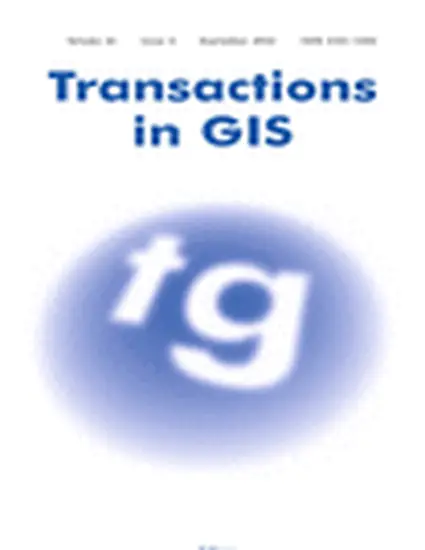
Human migratory decisions are driven by a wide range of factors, including economic and environmental condi-tions, conflict, and evolving social dynamics. These factors are reflected in disparate data sources, including house-hold surveys, satellite imagery, and even news and social media. Here, we present a deep learning- based data fusion technique integrating satellite and census data to estimate migratory flows from Mexico to the United States. We leverage a three-stage approach, in which we (1) construct a matrix- based representation of socioeconomic information for each municipality in Mexico, (2) implement a convolutional neural network with both satellite imagery and the constructed socioeconomic matrix, and (3) use the output vectors of information to estimate migratory flows. We find that this approach outperforms alternatives by approximately 10% (r2), suggesting multi- modal data fusion provides a valuable pathway forward for modeling migratory processes.
Available at: http://works.bepress.com/anthony-stefanidis/1/
